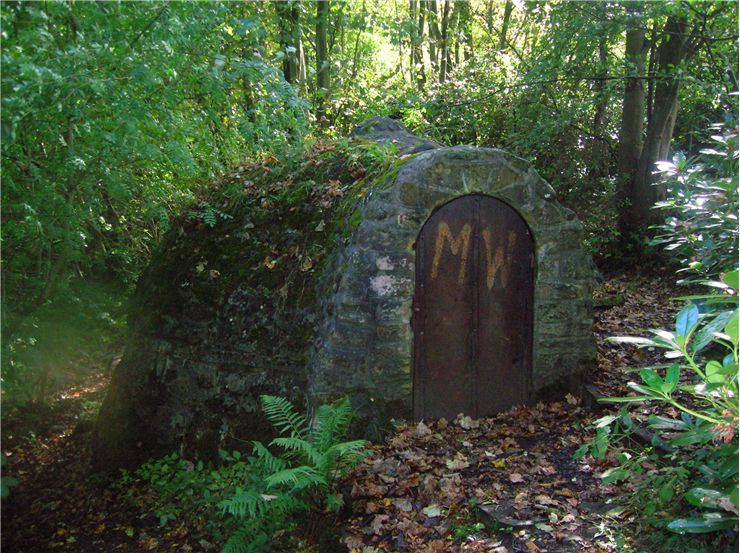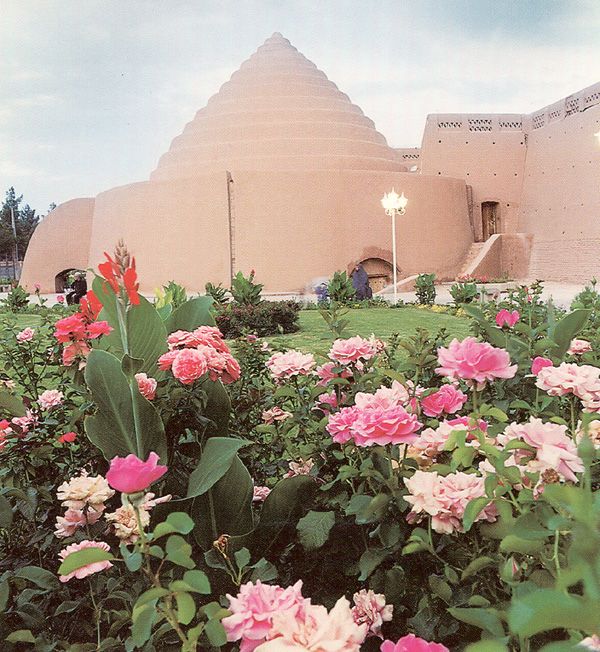Facts and History of Ice Houses
An ice house (also known as ice well, ice pits or ice mounds) is a building for storing ice throughout the year. They date before the invention of the electricity and the modern refrigerator. Ice house is usually located partly or completely underground and often built near the natural sources of ice in winter like rivers and freshwater lakes. During the winter, ice and snow would be taken into the ice house and insulated against melting with straw or sawdust. It would stay frozen for many months, even until the following winter. Ice from ice house was most commonly used for the storage of perishable foods but it was also used for cooling the drinks or making cold desserts.
Oldest written documents in the shape of cuneiform tablet that date from 1780BC record the construction of an ice house in the northern Mesopotamian town of Terqa. It was built under the order of Zimri-Lim, the King of Mari, and it was said that "never before had any king built" such a building. Archaeologists have found in China remains of ice pits from the 7th century BC but there is also written evidence that Chinese used them before 1100 BC. Alexander the Great used them around 300BC while it is known that Romans used them in the 3rd century AD.
Ice houses were in use until the refrigerators came in more commercial use. UK imported ice from Scandinavia up until the 1950s. Only richer houses had built ice houses and they were introduced to Britain around 1660 and the design came with travelers who had seen similar buildings in Italy. They were commonly brick lined, domed structures, with most of their volume underground. They were also rounded at the bottom to hold melted ice.
Part of the early economy of the New England was trading in ice - thanks to ice houses. Ice was transported from there in straw-packed ships to the southern states of United States and throughout the Caribbean Sea. Ice was often chopped and placed from ice houses into iceboxes that were used similarly to today’s refrigerators.
When refrigeration became more common, ice houses generally disappeared but not in all places or not completely. In Texas, for instance, ice merchants also sold groceries and cold beer, and worked as early convenience stores and local gathering places. In time, they converted into full convenience stores. For instance: famous US 7-Eleven convenience store chain developed from ice houses that were owned by the Southland ice manufacturing company in Dallas and San Antonio in the 1930s. They were first known as Tote'm stores. Today many Texas ice houses work as open-air bars.
Iceboxes appeared in English and American homes with the ice trade in the nineteenth century. They were wooden boxes insulated with sawdust, cork, or even seaweed and lined with tin, zinc, or another non corroding metal. Iceboxes were usually held in kitchen. Ice, for iceboxes, was delivered once or twice a week or an owner of the icebox could pick up a block of ice from an ice-house and fill it him/her self.

